ClassicCars.com Profile: The Old Timers Exhibition of the 1936 Vanderbilt Cup Race
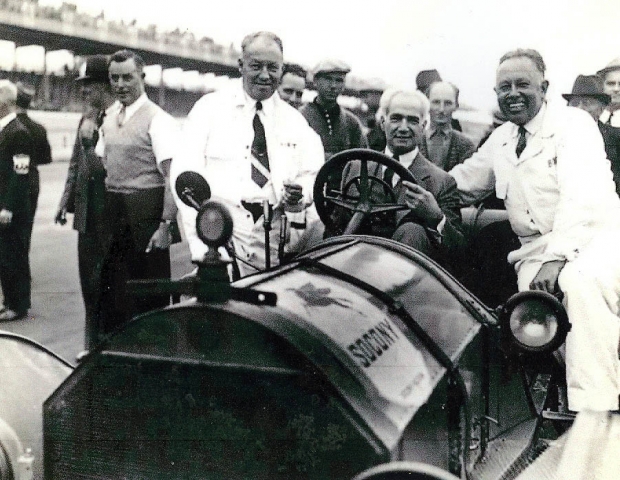
Steve Evans has posted a "Classic Profile" of the 1936 Vanderbilt Cup Race on ClassicCars.com .
Enjoy,
Howard Kroplick
Classic Profile: The 1936 Vanderbilt Cup race revival
By Steve Evans
In 1936, George W. Vanderbilt III banded together with Boston Braves owner George Marshall, and Eddie Rickenbacker, owner of the Indianapolis Motor Speedway, to revive a major event from the early days of motorsports, the Vanderbilt Cup.
The Vanderbilt Cup was founded by William K. Vanderbilt Jr. (George W. Vanderbilt’s uncle) in 1904. America’s first international motor racing event, it attracted the best cars and drivers from around the world. Running sporadically through 1916, the race was idle until 1936 when the group lead by George W. built the Roosevelt Raceway in Westbury, New York, to stage the event.
America was still in the grips of the Great Depression and the organizers knew they needed to put on a great show to draw an audience. A large purse enticed leading drivers and teams from Europe and America. Additionally, a bit of history was added with an “Old Timers” exhibition race before the actual Vanderbilt Cup competition.
George Robertson, the 1908 Vanderbilt Cup winner — driving the Locomobile affectionately named “Old Sixteen” that was the first American car to win an international motor race – was made vice president of the event. Robertson, who was instrumental in the design and development of the Roosevelt Raceway, turned to his old racing buddies and paired them up with “vintage” racecars for the Old Timers exhibition prior to the start of the actual Vanderbilt Cup race.
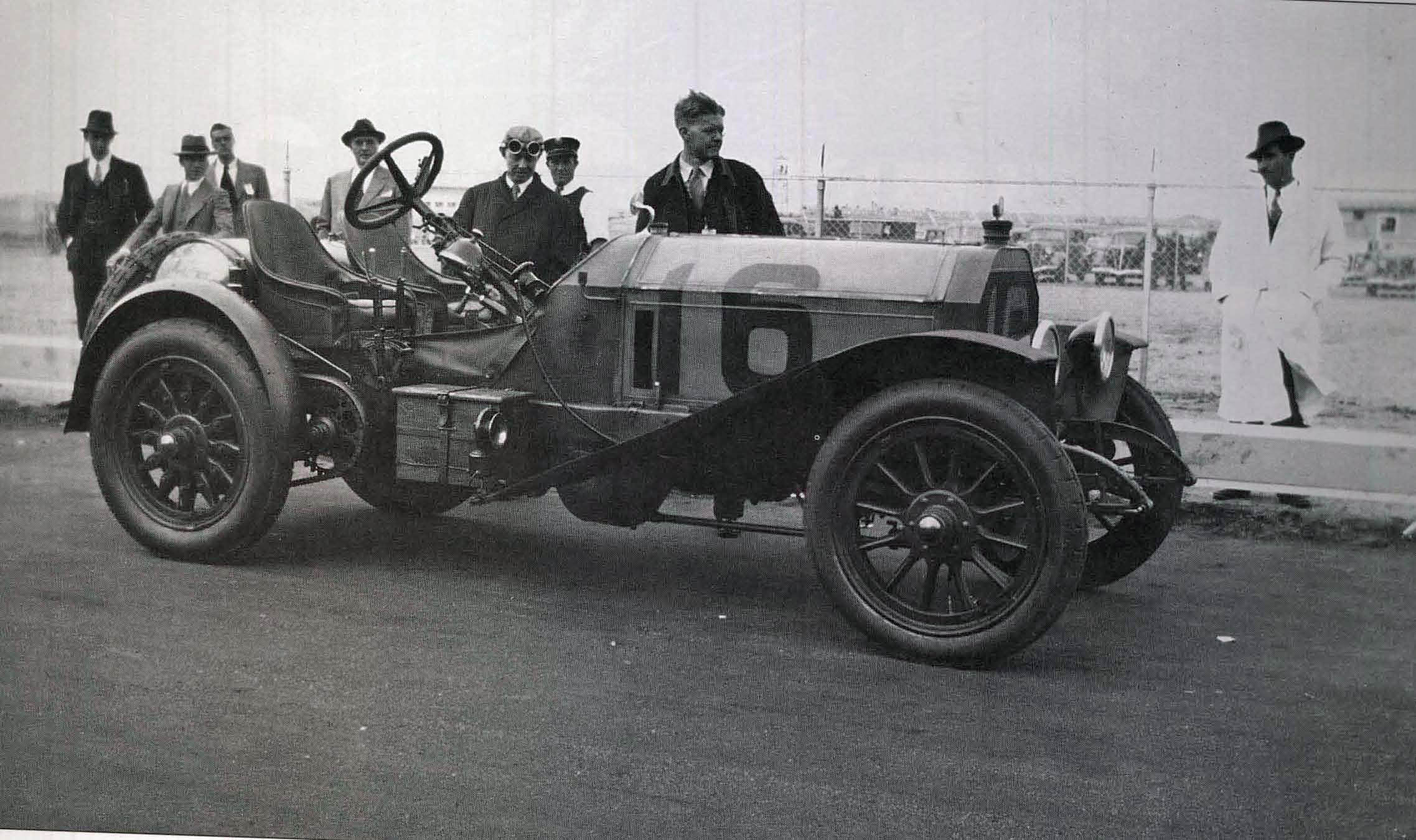
“Old Sixteen”, the car the Robertson drove to victory in 1908, was brought out, as was a 1914 Mercer Raceabout for racing legend Ralph DePalma. Smith Hempstone Oliver’s 1914 Stutz Bearcat was also invited – piloted by the great American racer Ralph Mulford. Smith Hempstone Oliver would go on to curate the Smithsonian’s automobile collection and author many books on automobiles.
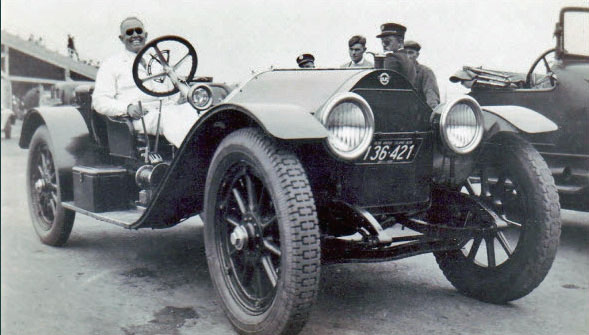
Ralph Mulford is often remembered for ending up in second place in the disputed finish of the inaugural running of the Indianapolis 500 in 1911. Mulford won the Vanderbilt Cup that same year and would go on the claim to National Drivers championship in 1911 and again in 1918.
Nicknamed “Smiling” Ralph Mulford by the motor press, he was described as a true gentleman and said to be a crowd favorite among the many drivers of his day.
Mulford’s career started as a demonstration driver for the Lozier Motor Company of Detroit. When Lozier entered racing around 1907, Mulford became the factory’s driver. Mulford would win the 24-hour race at Point Breeze (outside Philadelphia) and the Elgin Trophy Race, among others, for Lozier.
After parting company with Lozier, Mulford set endurance and speed record for Hudson and Paige before retiring from racing in late 1920s. However, as this image attests, he stayed active and happily interested in racing throughout his life. Mulford passed away in 1973 at his home in New Jersey at the age of 89.
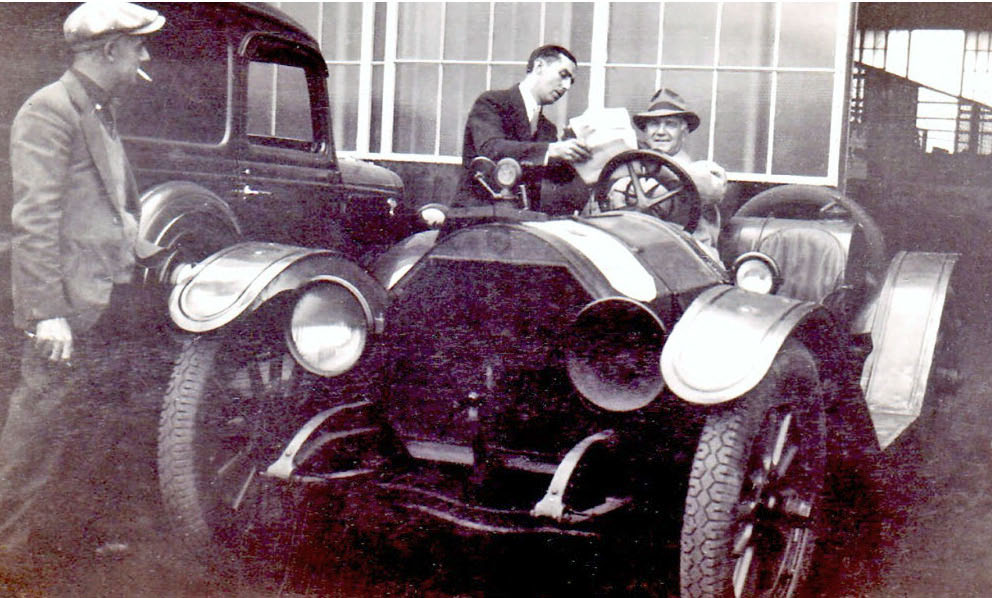
The presence of Ralph DePalma at the 1936 race was a major draw for motorsports fans, and it was no wonder that Vanderbilt called on him to headline the Old-Timers historic event. Few American race drivers have had a career the equal of DePalma’s, who crossed the finish line first an estimated 2,000 times in a career that spanned 27 years.
Among the triumphs for DePalma (1882-1956): four American National Driving Championships, two Elgin Trophies, the 1914 Vanderbilt Cup, a land speed record in 1919 and 10 starts at Indy that included winning the 1915 race while driving for Mercedes.
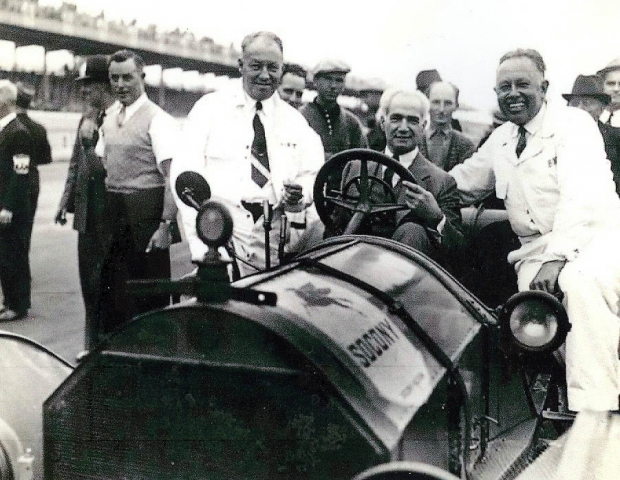
DePalma had driven for the Mercer team back in the day and the 1914 Raceabout, looking a bit worse for wear, was supplied by Socony-Vacuum Oil Company (later Standard Oil) for DePalma to drive in the Old Timers race. This Mercer would later be given to James Melton, the Jay Leno of his day, by the oil company. Today, the car remains in the long-term care of its Florida owner.
The Vanderbilt Cup race was run on October 12th, 1936, with the legendary Tazio Nuvolari driving a Scuderia Ferrari-entered Alfa Romero claiming victory.
But despite the expansive efforts of its organizers, the second-generation of the Vanderbilt Cup would be short-lived. After the 1936 revival, it was held for just one more year in 1937 before shutting down for good.





Comments